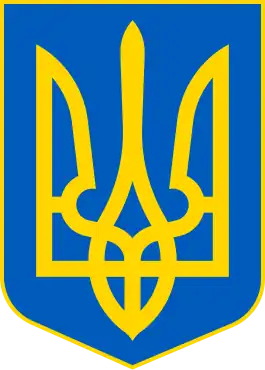| Order of Liberty | |
|---|---|
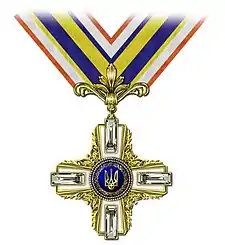 Badge of the Order of Liberty | |
| Awarded by | |
| Type | Single-grade order |
| Established | April 10, 2008 |
| Status | Active |
| Grades | Member of the Order of Liberty (MOL) |
| Statistics | |
| Total inductees | 75 |
| Precedence | |
| Next (higher) | Cross of Military Merit (Ukraine) |
| Next (lower) | Order of Prince Yaroslav the Wise |
Ribbon bar of the Order of Liberty | |
The Order of Liberty (Ukrainian: орден Свободи) is an honour of Ukraine. The Order was instituted on April 10, 2008, by the Verkhovna Rada of Ukraine to honour special merits of citizens for strengthening the sovereignty and independence of Ukraine, consolidating Ukrainian society, developing democracy, advancing socio-economic and political reforms, and advocating the constitutional rights and liberties of man and citizen.
History of the award
On August 18, 2005, President Viktor Yushchenko issued decree No. 1177/2005 which supported the proposal of the Commission on State Awards and Heraldry to establish the Order of Freedom to celebrate the special merits of citizens in establishing Ukraine's sovereignty and independence and developing democracy; the establishment of the medal "For Saved Lives" was also supported. The Commission on State Awards and Heraldry was instructed to hold an all-Ukrainian competition to develop designs for the Order of Freedom and the Medal for Saved Life within three months and to submit a bill amending the Law of Ukraine "On State Awards of Ukraine" based on its results.
On April 10, 2008, the Verkhovna Rada of Ukraine adopted the Law of Ukraine No. 258-VI "On Amendments to the Law of Ukraine" On State Awards of Ukraine, which established new state awards of Ukraine – the Order of Freedom and the Medal for Saved Life.
On May 20, 2008, President Yushchenko issued decree No. 460/2008 which approved the statute of the Order, which includes a description of the Order's badge.
On September 29, 2008, King Carl XVI Gustaf of Sweden became the first recipient.
Statute of the Order
- Citizens of Ukraine, foreigners and stateless persons may be awarded the Order of Freedom.
- Awarding the Order of Freedom is carried out by a decree of the President of Ukraine.
- A person may not be awarded the Order of Freedom a second time.
- Awarding the Order of Freedom may be carried out posthumously.
- A person awarded the Order of Freedom is called a Knight of the Order of Freedom.
- Submission for the award of the Order of Freedom and presentation of this award is made in accordance with the procedure for submission for the award and presentation of state awards of Ukraine.[1]
- A person awarded the Order of Freedom is awarded a badge of the order and an order book of the established pattern.
Description of the Order of Freedom
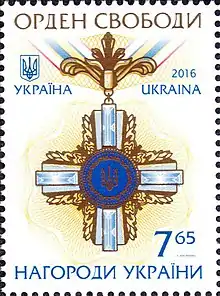
The sign of the Order of Freedom is made of gilded silver and has the shape of an equilateral cross with diverging sides. The sides of the cross are covered with white enamel and decorated with four rectangular artificial Swarovski crystals. In the center of the cross is a round blue enamel medallion with a gold image of the Sign of the Princely State of Vladimir the Great, which is framed by a laurel wreath. The medallion is bordered by a double decorative strip. The sides of the corners of the cross are framed by stylized floral ornaments. All images are embossed.
The reverse side of the sign of the order is flat with the engraved number of the sign.
The size of the insignia between the opposite ends of the cross is 54 mm.
The emblem of the Order is connected with a decorative bar by means of a ring with an ear, which is the basis of the ribbon for wearing the insignia of the Order on the neck. The Order of Freedom is worn on the neckband and, if the winner has other orders of Ukraine, which are worn on the neckband, placed above them.
The strap is made of the same metal as the badge of the Order. White silk moire ribbon with longitudinal stripes – in the middle of wide blue and yellow, bordered on the edges by narrow stripes of yellow and blue, respectively, and on the edges of the ribbon by narrow strips of orange. The width of the tape is 28 mm, the width of wide strips of blue and yellow – 6 mm each, narrow strips of yellow and blue, as well as strips of orange – 2 mm each.
The bar of the order is a rectangular metal plate covered with ribbon. The size of a lath: height – 12 mm, width – 28 mm.
Recipients
Since the creation of the Order of Liberty, there have been 75 recipients of the decoration. This first recipient was Carl XVI Gustaf of Sweden.
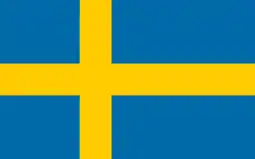 Carl XVI Gustaf of Sweden (2008)[2]
Carl XVI Gustaf of Sweden (2008)[2]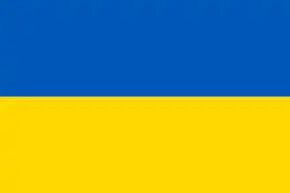 Yevgen Zakharov (2008)[3]
Yevgen Zakharov (2008)[3] Eugene Sverstyuk (2008)[4]
Eugene Sverstyuk (2008)[4] Stepan Khmara (2008)[5]
Stepan Khmara (2008)[5] Myroslav Marynovych (2008)
Myroslav Marynovych (2008) Mykhailo Horyn (2009)
Mykhailo Horyn (2009) Ivan Dziuba (2009)
Ivan Dziuba (2009) Boris Oleynik (2009)
Boris Oleynik (2009) Filaret (Denysenko) (2009)
Filaret (Denysenko) (2009) Petro Franco (2009)
Petro Franco (2009)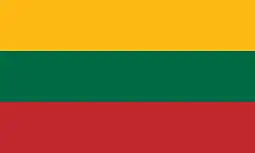 Valdas Adamkus (2009)[6]
Valdas Adamkus (2009)[6] Ihor Kalynets (2009)[7]
Ihor Kalynets (2009)[7] Oles Shevchenko (2009)
Oles Shevchenko (2009) Ivan Hel (2009)[8]
Ivan Hel (2009)[8] Mykola Horbal (2009)
Mykola Horbal (2009) Athena-Svyatomyra Pashko (2009)
Athena-Svyatomyra Pashko (2009) Mykola Plakhotnyuk (2009)
Mykola Plakhotnyuk (2009) Vasyl Chervoniy (2009, posthumous)
Vasyl Chervoniy (2009, posthumous)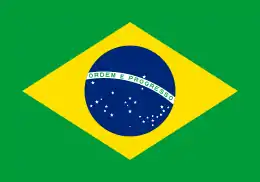 Luiz Inácio Lula da Silva (2009)[9]
Luiz Inácio Lula da Silva (2009)[9] Roman Krutsyk (2010)
Roman Krutsyk (2010) Eugene Pronyuk (2010)
Eugene Pronyuk (2010) Ivan Sokulsky (2010, posthumous)
Ivan Sokulsky (2010, posthumous)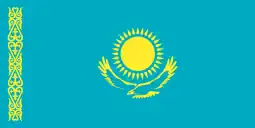 Nursultan Nazarbayev (2010)
Nursultan Nazarbayev (2010) Volodymyr Sabodan (2010)
Volodymyr Sabodan (2010)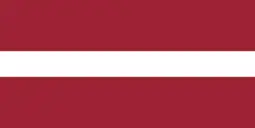 Valdis Zatlers (2011)[10]
Valdis Zatlers (2011)[10] Borys Paton (2012)
Borys Paton (2012) Leonid Gubersky (2013)
Leonid Gubersky (2013)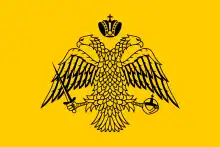
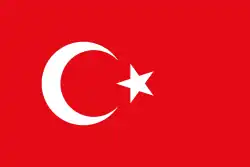 Bartholomew I of Constantinople (2013)
Bartholomew I of Constantinople (2013)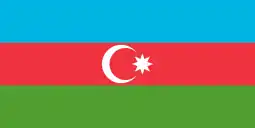 Ilham Aliyev (2013)[11]
Ilham Aliyev (2013)[11] Leonid Kravchuk (2014)
Leonid Kravchuk (2014)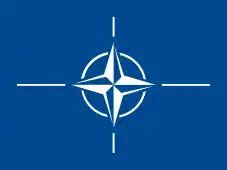
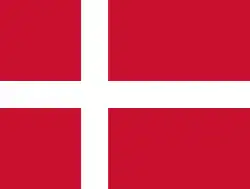 Anders Fogh Rasmussen (2014)[12]
Anders Fogh Rasmussen (2014)[12] Dmytro Pavlychko (2015)
Dmytro Pavlychko (2015)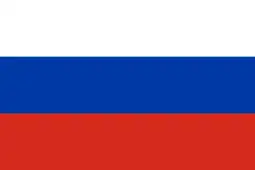 Boris Nemtsov (2015, posthumous)[13]
Boris Nemtsov (2015, posthumous)[13] Myroslav Symchych (2015)
Myroslav Symchych (2015)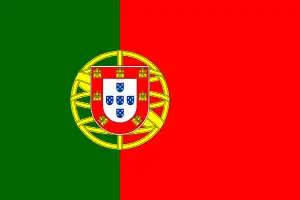 José Manuel Barroso (2015)
José Manuel Barroso (2015)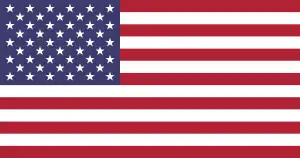 George Soros (2015)
George Soros (2015) Omelyan Koval (2015)
Omelyan Koval (2015) Svyatoslav Vakarchuk (2016)
Svyatoslav Vakarchuk (2016) Ivan Marchuk (2016)
Ivan Marchuk (2016) Yuriy Shcherbak (2016)
Yuriy Shcherbak (2016) Aleksandrov Ihor (2016, posthumous)
Aleksandrov Ihor (2016, posthumous) Viktor Kuksa (2016)
Viktor Kuksa (2016) Vsevolod Stebliuk (2016)
Vsevolod Stebliuk (2016).svg.png.webp) Stephen Harper (2016)[14]
Stephen Harper (2016)[14] Richard Lugar (2016)
Richard Lugar (2016) John McCain (2016)
John McCain (2016).svg.png.webp) Bohdan Hawrylyshyn (2016)
Bohdan Hawrylyshyn (2016)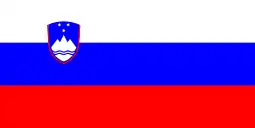 Borut Pahor (2016)
Borut Pahor (2016) Levko Lukyanenko (2016)
Levko Lukyanenko (2016) Ihor Yukhnovskyi (2016)
Ihor Yukhnovskyi (2016) Volodymyr Kolinets (2017)
Volodymyr Kolinets (2017) Refat Chubarov (2017)
Refat Chubarov (2017) Joe Biden (2017)
Joe Biden (2017)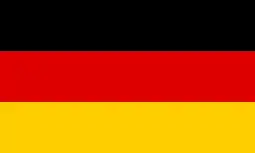 Joachim Gauck (2017)
Joachim Gauck (2017)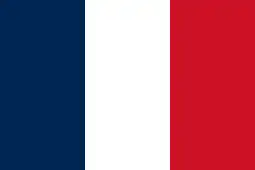 François Hollande (2017)
François Hollande (2017) Wladimir Klitschko (2017)
Wladimir Klitschko (2017) Vytautas Landsbergis (2017)
Vytautas Landsbergis (2017) Yevhen Bystrytsky (2018)
Yevhen Bystrytsky (2018) Myroslav Popovych (2018, posthumous)
Myroslav Popovych (2018, posthumous) Mustafa Dzhemilev (2018)
Mustafa Dzhemilev (2018) Serhiy Komisarenko (2018)
Serhiy Komisarenko (2018) Kyrylo Osmak (2018, posthumous)
Kyrylo Osmak (2018, posthumous) Dalia Grybauskaitė (2018)[15]
Dalia Grybauskaitė (2018)[15] Pavlo Movchan (2018)
Pavlo Movchan (2018) Rostyslav Pavlenko (2019)
Rostyslav Pavlenko (2019) Taras Petrynenko (2019)
Taras Petrynenko (2019) Stepan Klochurak (2019, posthumous)
Stepan Klochurak (2019, posthumous) Anatoliy Matviyenko (2020, posthumous)
Anatoliy Matviyenko (2020, posthumous) Mykola Porovskiy (2020)
Mykola Porovskiy (2020) Viktor Musiyaka (2021, posthumous)
Viktor Musiyaka (2021, posthumous) Mykhailo Syrota (2021, posthumous)
Mykhailo Syrota (2021, posthumous) Angela Merkel (2021)
Angela Merkel (2021) Sergey Bubka (2021)
Sergey Bubka (2021) Yevhen Marchuk (2021, posthumous)
Yevhen Marchuk (2021, posthumous)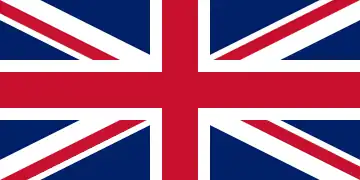 Boris Johnson (2022)[16]
Boris Johnson (2022)[16]
References
- ↑ "Про Порядок представлення до нагородження та вручення державних нагород України" [About the Procedure for submission for awarding and presentation of state awards of Ukraine]. Verkhovna Rada of Ukraine (in Ukrainian). 19 February 2003. Retrieved 29 October 2020.
- ↑ "Про нагородження орденом Свободи" (in Ukrainian). 2008-09-29.
- ↑ "Про нагородження Є. Захарова орденом Свободи" (in Ukrainian). 2008-11-25.
- ↑ "Про нагородження Є. Сверстюка орденом Свободи" (in Ukrainian). 2008-11-25.
- ↑ "Про нагородження С. Хмари орденом Свободи" (in Ukrainian). 2008-11-25.
- ↑ "Про нагородження В. Адамкуса орденом Свободи" (in Ukrainian). 2009-06-26.
- ↑ "Kalynets Ihor Myronovych". Ivan Franko National University of Lviv.
- ↑ Bourdeaux, Michael (2011-05-26). "Ivan Hel obituary". The Guardian.
- ↑ "Про нагородження орденом Свободи" (in Ukrainian). 2009-11-24.
- ↑ Petrova, Alla (2012-06-27). "Zatlers bestowed Ukrainian Order of Liberty for his role in cleaning up Chernobyl disaster".
- ↑ "Ilham Heydar oglu Aliyev biography". President of Azerbaijan Republic.
- ↑ "Remarks by NATO Secretary General Anders Fogh Rasmussen upon receiving the Order of Liberty from President Poroshenko of Ukraine". 2014-08-07.
- ↑ "Boris Nemtsov was awarded the highest state award of Ukraine". Boris Nemtsov Foundation for Freedom. 2015-04-29.
- ↑ Levitz, Stephanie (2016-08-25). "Stephen Harper awarded one of Ukraine's top honours". The Globe and Mail.
- ↑ Lithuanian Leader Awarded ‘Order of Freedom’ in Kyiv. UATV English. 2018-12-08. Retrieved 2022-08-25.
- ↑ Adam, Karla (2022-08-24). "Ukraine is a war zone. And a place Boris Johnson can get away from it all". The Washington Post.
